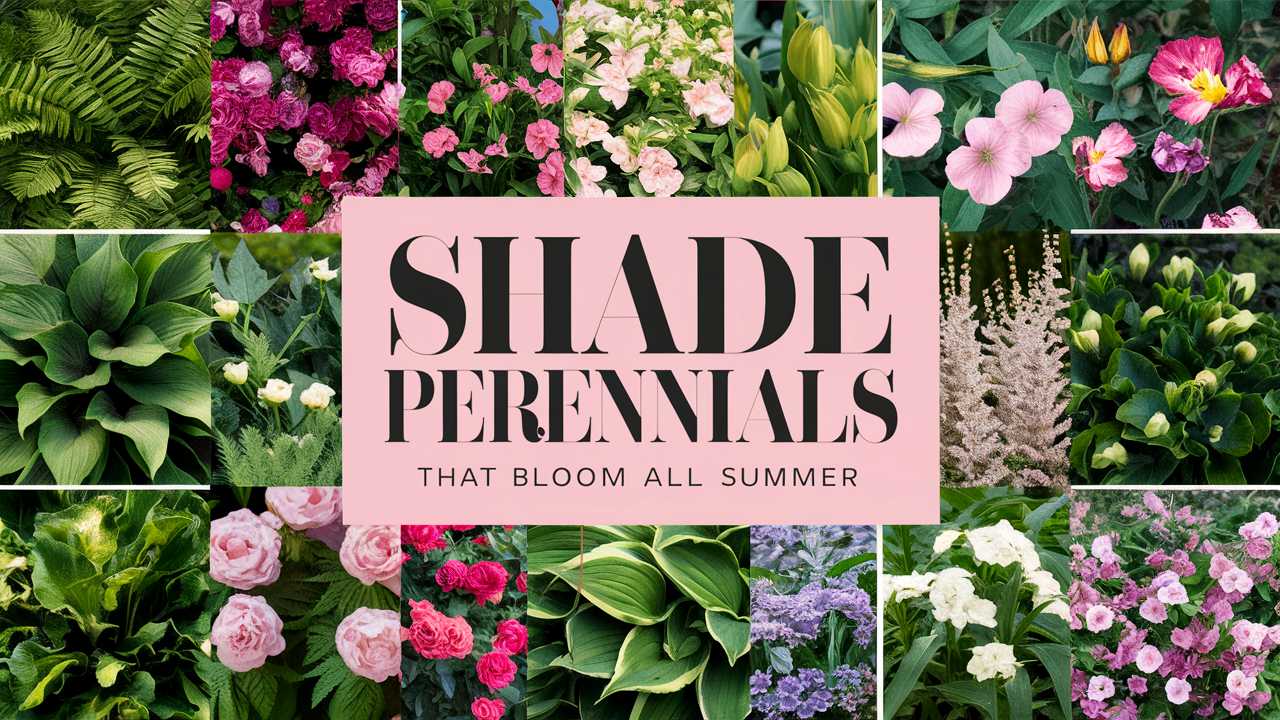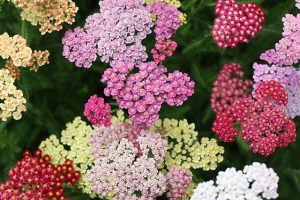In this guide, we will explore a selection of shade-loving perennials that promise to bring color and life to your garden, even in the cooler, shady areas.
Toad Lily
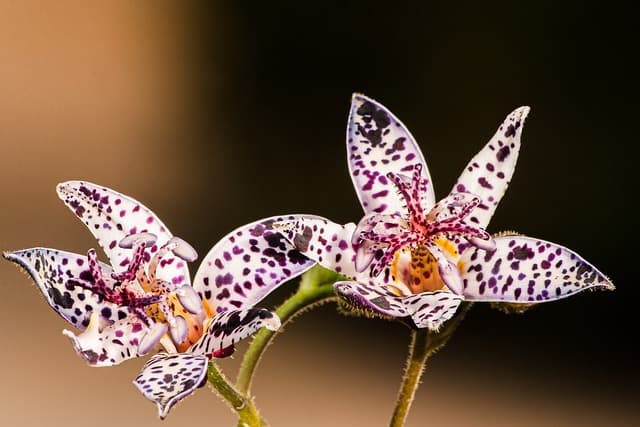
The Toad Lily (Tricyrtis spp.) is a unique and enchanting plant that enchants gardeners with its exotic appearance. Indigenous to the forest ecosystems of Asia, these perennial plants are known for their intricate, speckled flowers that typically bloom from late summer into fall. Toad Lilies prefer shady, moist environments and are often found in woodland gardens.
What makes Toad Lilies particularly special is their ability to adapt to a variety of soil types, though they thrive in rich, well-drained soil. Their flowers, resembling tiny orchids, come in shades of white, purple, and yellow, making them a delightful surprise among the foliage. Not only do they serve as stunning focal points, but they also attract pollinators, adding more life to your shaded garden.
Celandine Poppy
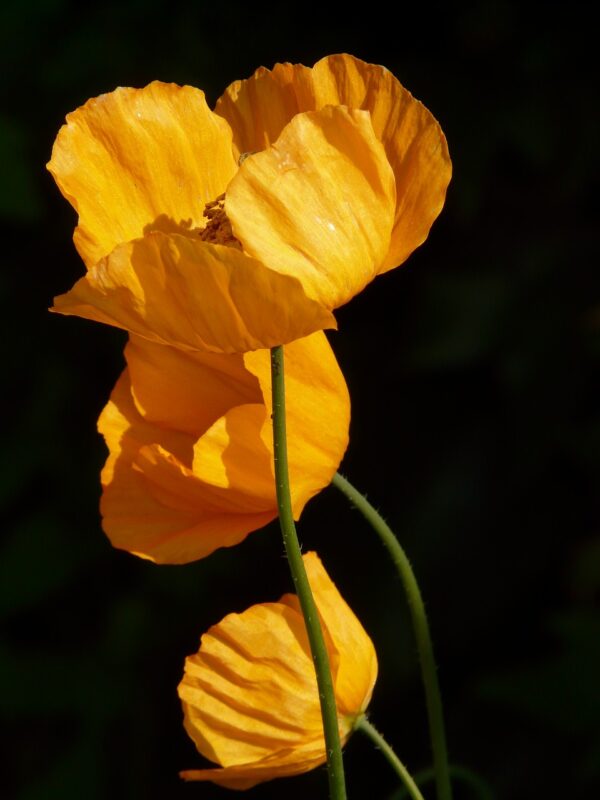
Celandine Poppy (Stylophorum diphyllum), a lovely little perennial, brightens shady nooks with its vibrant yellow blooms. This plant is native to the eastern United States and prefers moist, woodland settings, making it ideal for shaded gardens where moisture retention is key.
The Celandine Poppy features distinctive, lobed leaves that form a rich green backdrop for its cheerful flowers, which appear from late spring into early summer, often providing color well into the summer months. Its operatic display of golden flowers not only brightens the garden but also serves as a source of nectar for bees. Plus, its relatively low-maintenance nature makes it an excellent choice for novice gardeners looking to enhance their shaded spaces.
Meadowsweet

Meadowsweet (Filipendula ulmaria) is a perennial that brings a romantic flair to any garden with its fluffy, white to pale pink flowers that bloom all summer long. Typically found in wetlands or near streams, it thrives in moist, shady conditions, making it a perfect addition for those darker areas in your garden.
The plant’s feathery foliage adds a lush texture, and its significant height — often reaching up to four feet — allows it to stand tall amongst shorter perennials. Meadowsweet is not just beautiful; it’s also a traditional herb used in herbal medicine. Its sweet-scented flowers attract beneficial insects, supporting biodiversity in your garden.
Leopard Plant
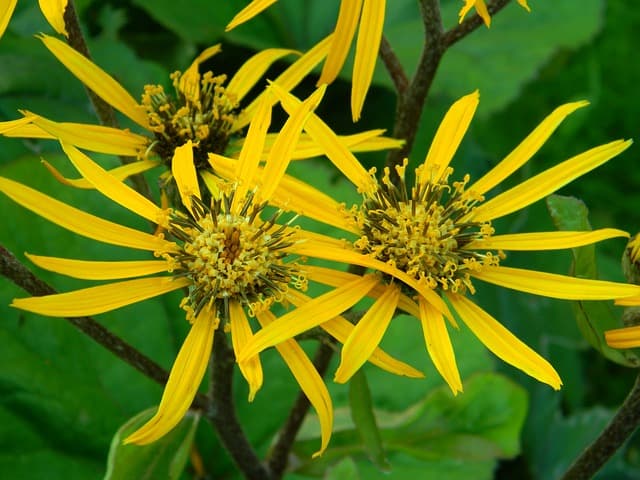
Leopard Plant (Far, more commonly known as Ligularia), particularly the variety ‘Desdemona’, is celebrated for its striking golden-yellow flowers that rise above lush, architectural foliage. It thrives in moist, shaded conditions, making it a fabulous choice for adding a pop of color to darker areas and along the edge of water features.
The leopard-patterned leaves provide a dramatic backdrop to the vibrant flower spikes, which bloom from mid-summer into early fall. In addition to its visual appeal, the Leopard Plant is also known for attracting bees and butterflies, providing essential support to pollinator populations while you enjoy its splendor.
Purple Profusion Spiderwort
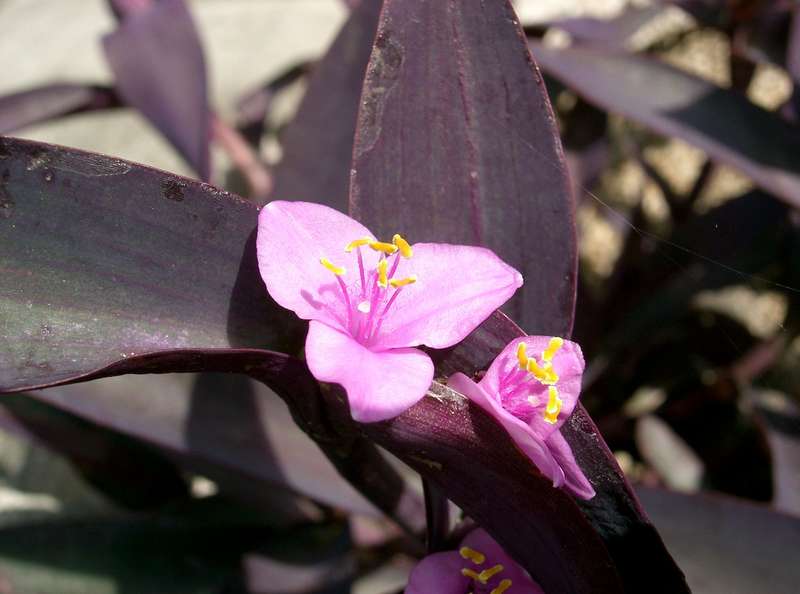
Purple Profusion Spiderwort (Tradescantia) is just as charming as its name suggests, showcasing deep purple flowers that create a standout display in shady gardens. This perennial is incredibly adaptable, thriving in various soil types as long as there’s adequate moisture.
The blooms of the Purple Profusion Spiderwort are a magnet for pollinators and continue to blossom throughout the summer, often with new flowers opening daily. The lush, grass-like foliage adds a zen-like quality to the landscape, making it a great companion plant for other shade-loving perennials like ferns or hostas.
Siberian Bugloss
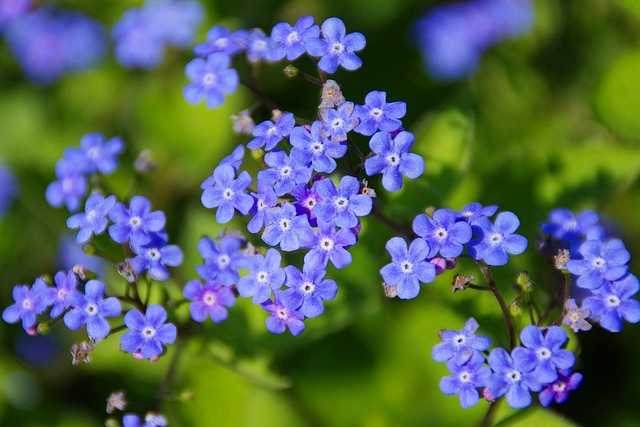
Often overlooked, Siberian Bugloss (Brunnera macrophylla) is a stellar option for shaded areas. This perennial is famously known for its beautiful heart-shaped leaves and striking blue flowers that resemble forget-me-nots. Blooming from early spring into summer, it’s a fantastic choice for maintaining color in tricky shady spots.
As a tough, adaptable perennial, Siberian Bugloss can survive in poor soil conditions, making it low-maintenance and easy to establish. Additionally, its ability to spread gently makes it a suitable ground cover, calming the soil and providing stability while beautifying your garden.
Hardy Fuchsias
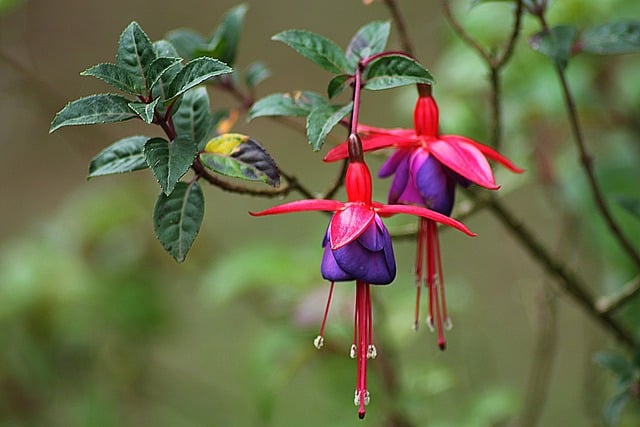
Hardy Fuchsias are delightful perennials that deserve a spot in any garden, particularly in those cooler, shadier areas where they thrive. With their pendulous, tiered flowers boasting a delightful combination of fuchsia, purple, and white, they bring a whimsical, almost fairy-tale quality to gardens.
These plants can bloom all summer long, providing a vibrant show that often lasts from mid-summer through fall. Hardy Fuchsias can tolerate various soil types but prefer well-drained, moist conditions. Regular deadheading can help extend their blooming period even further, ensuring your shaded garden remains filled with color.
Bear’s Breeches
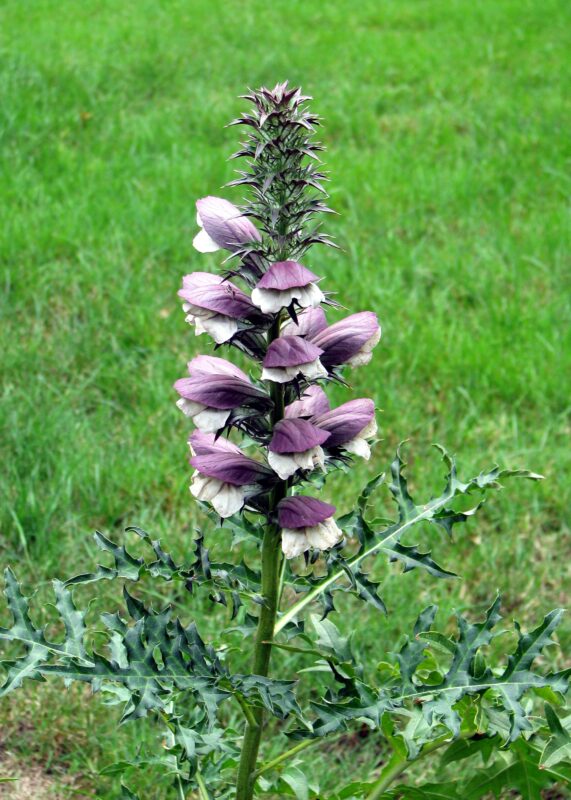
Bear’s Breeches (Acanthus mollis) is another striking perennial that adds a dramatic touch to shaded spaces. Known for its bold, architectural leaves and stunning spires of white flowers accented with purple bracts, Bear’s Breeches captivates gardeners both for its beauty and its versatility.
This hardy plant thrives in dappled shade and can tolerate a wide range of soil types, provided they remain consistently moist. They are also excellent for attracting pollinators, ensuring your garden is buzzing with life throughout the summer.
Siberian Campanula
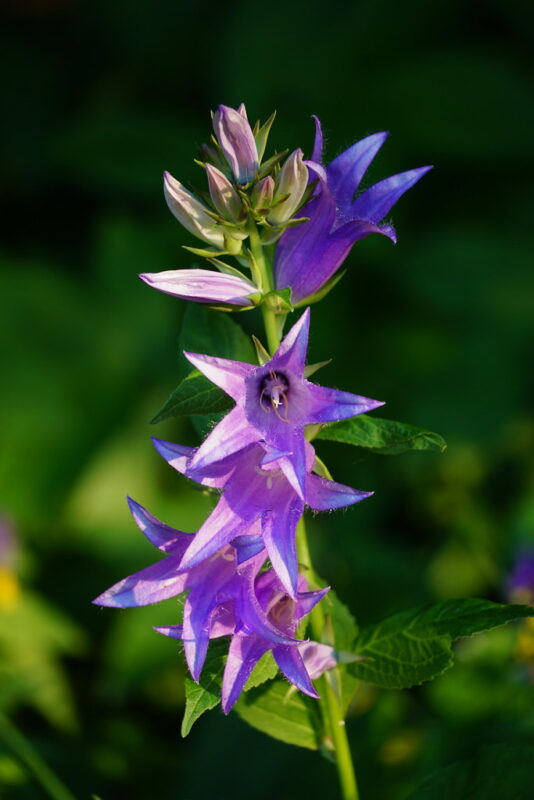
Siberian Campanula (Campanula glomerata) is a perennial known for its cheerful, bell-shaped flowers that appear in clusters during the summer months. This plant thrives in shaded areas and is particularly tolerant of wet conditions, making it suitable for more challenging environments.
The vibrant blues and purples of Siberian Campanula’s blooms contrast beautifully with its rich green foliage, creating a stunning visual effect throughout your garden. Their ability to spread and form dense clumps makes them excellent for ground cover, helping to suppress weeds and enhance the overall aesthetics of your shade garden.
Yellow Fumitory
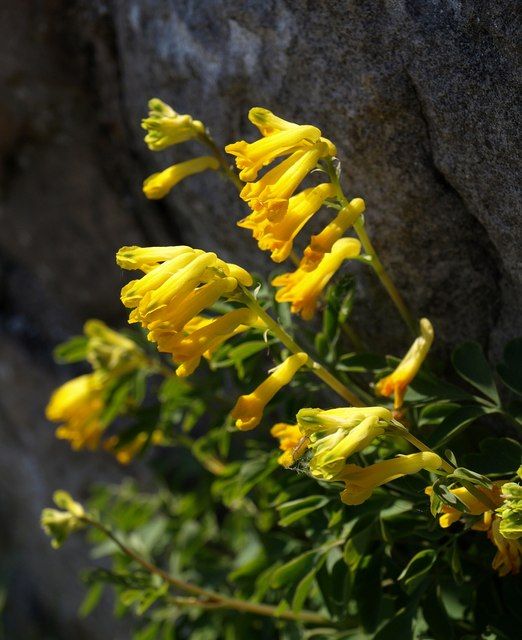
Yellow Fumitory (Corydalis lutea) is a delightful ground cover that adds a pop of yellow during the summer months. Its unique, fern-like foliage and delicate flowers create an airy, enchanting atmosphere in shady areas.
A hardy perennial, Yellow Fumitory thrives in well-drained soil and can tolerate some dryness, making it a practical choice for a variety of shady locations. The blooming period stretches from spring into summer, providing continuous color and drawing in butterflies and bees who love their nectar.
Georgia Blue
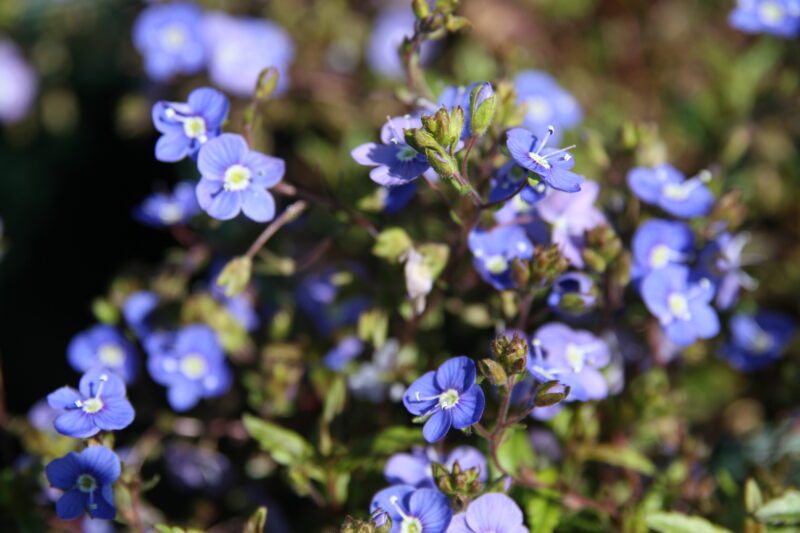
Georgia Blue (Creeping Veronica) is a low-growing perennial that brings beautiful blue flowers to shady areas throughout the summer. This stunning ground cover flourishes in moist, well-drained soil and is ideal for planting in gardens, borders, or even along walkways.
Not only does Georgia Blue provide a kaleidoscope of delightful blooms, but its evergreen foliage ensures your garden stays lush throughout the winter months. Furthermore, it’s an excellent choice for supporting pollinators as its flowers attract bees and other beneficial insects.
Garden Phlox
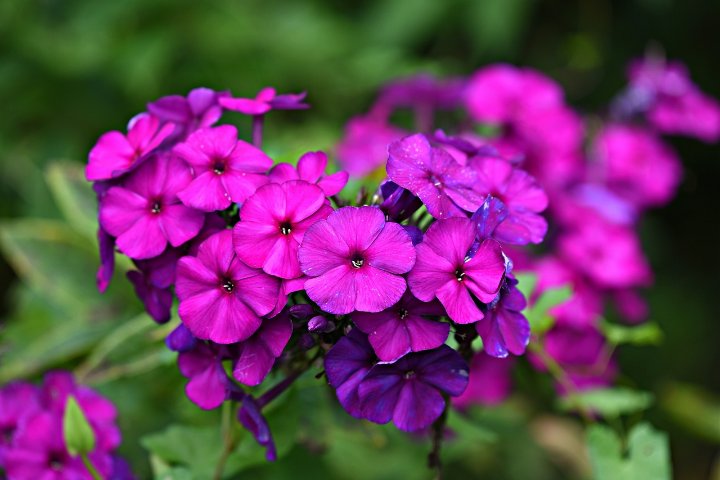
Garden Phlox (Phlox paniculata) is a classic perennial that brings vibrant colors to the garden, even in shady conditions. Blooming in shades of pink, purple, and white throughout the summer, this perennial thrives in moist, well-drained soil and offers a wonderfully fragrant experience.
The tall, erect flower clusters provide a unique vertical element to the landscape and are a favorite amongst gardeners looking to attract butterflies and hummingbirds. With a variety of cultivars available, you can choose the perfect variety based on your color preference and garden setting.
Green-and-Gold
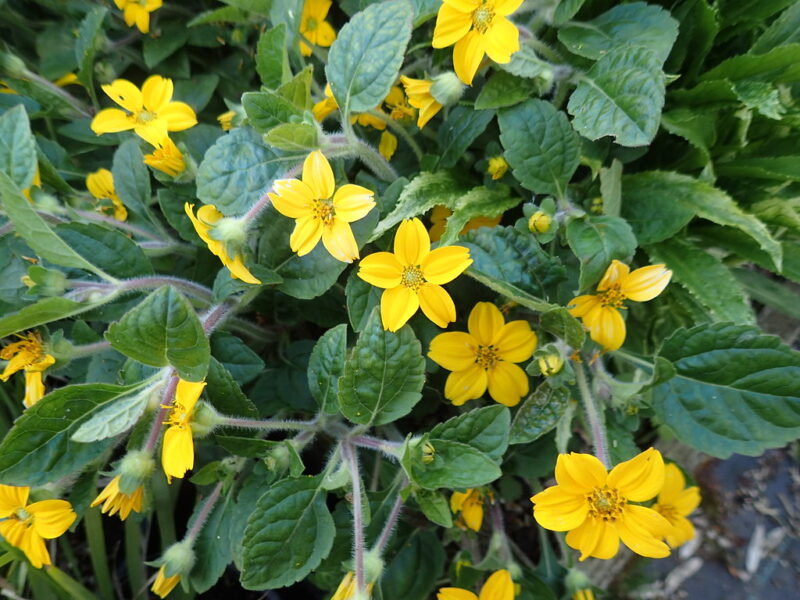
Green-and-Gold (Chrysogonum virginianum) is a compact perennial that makes a delightful addition to shady gardens. This cheerful plant forms a dense mat of foliage, featuring bright yellow flowers that bloom from spring through summer, providing a lovely golden accent to darker areas.
Green-and-Gold not only looks beautiful but is remarkably hardy and requires minimal maintenance. Its ability to tolerate dry conditions once established makes it an ideal choice for shady spots with less moisture, proving that you can achieve color without constant upkeep.
Mourning Widow

Mourning Widow (Geranium phaeum) is a charming perennial that features striking purple-black flowers against deep green foliage. This unique color combination provides a distinctive contrast in shaded gardens and makes it a stylish choice for those looking to create a moody, sophisticated atmosphere.
Blooming from late spring into summer, Mourning Widow thrives in moist, well-drained soil. Its ability to spread lightly makes it a valuable addition for naturalizing in woodland gardens, providing beauty and ecological support for local flora and fauna.
Hydrangeas
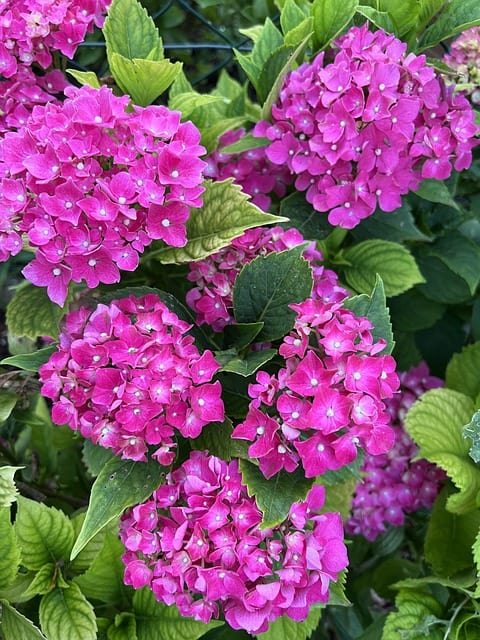
Hydrangeas are a beloved choice for many gardeners, offering lush foliage and stunning blooms that can brighten up any shady area. Known for their large, globe-like flower clusters in shades of blue, pink, or white, hydrangeas can be a statement piece in your garden.
These versatile perennials thrive in partial to full shade, preferring moist, well-drained soil. With varieties available that bloom in early summer and produce flowers that last into fall, hydrangeas can make your shady garden a gorgeous haven of color.
Coral Bells
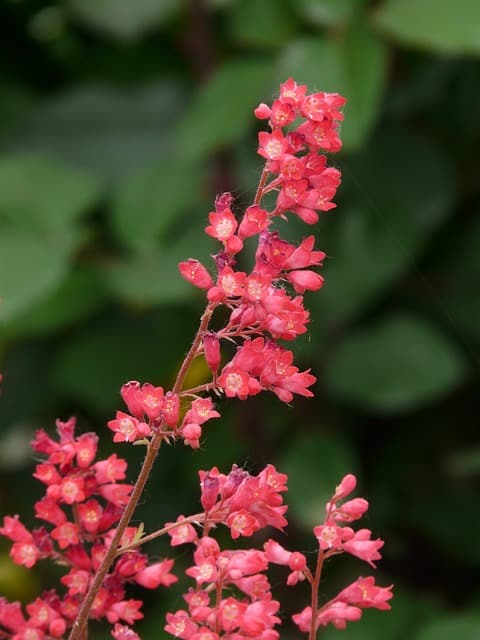
Coral Bells (Heuchera spp.) are popular perennials celebrated for their stunning foliage, which comes in a range of colors from deep purple to vibrant coral and silver. While their flowers are often delicate and less conspicuous, they create a lovely backdrop throughout the summer months.
These sun-loving plants can also adapt to partial shade, providing versatility for gardeners. Easy to maintain and drought-tolerant once established, Coral Bells add texture and color to shaded locations while attracting hummingbirds and pollinators.
Indian Pink
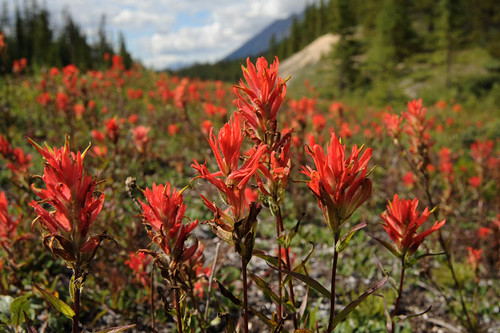
Indian Pink (Spigelia marilandica) is a stunning perennial that offers unique blooms reminiscent of fireworks, featuring tubular flowers that bloom in clusters and attract hummingbirds. This native plant is perfect for shaded areas and will thrive in moist, acidic soils.
Typically blooming in late spring into the summer, Indian Pink thrives in woodland gardens, contributing vibrant reds and yellows to the seasonal palette. Its low-spreading nature makes it an excellent choice for naturalizing shady areas, filling open spaces with beauty.
Hostas
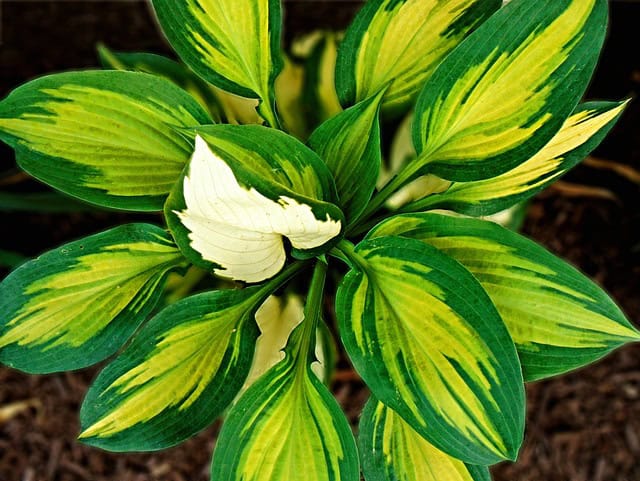
Hostas are perhaps one of the quintessential shade-loving plants. Their broad, lush leaves come in various sizes and hues, from deep greens to variegated varieties, making them a garden staple in shaded areas. While shades of purple and white flowers emerge in summer, it’s the foliage that steals the show.
These hardy perennials not only provide texture and interest but also thrive in humidity and evenly moist soils. Hostas effortlessly enhance shady spots, creating a serene, calming atmosphere while supporting local wildlife by providing shelter and food sources.
Russian Sage
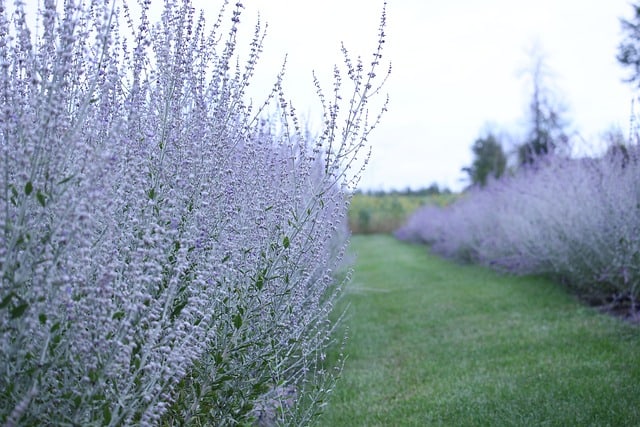
Contrary to its name, Russian Sage (Perovskia atriplicifolia) performs exceptionally well in sun to part shade conditions, making it a versatile plant for many gardens. Its silvery foliage and tall flower spikes adorned with lavender-blue blooms create an eye-catching display.
While typically known for sun, Russian Sage can definitely thrive in shadier spots, especially if you give it well-drained soil. It blooms from summer into fall and is a magnet for pollinators, enhancing your garden’s biodiversity.
Barrenwort
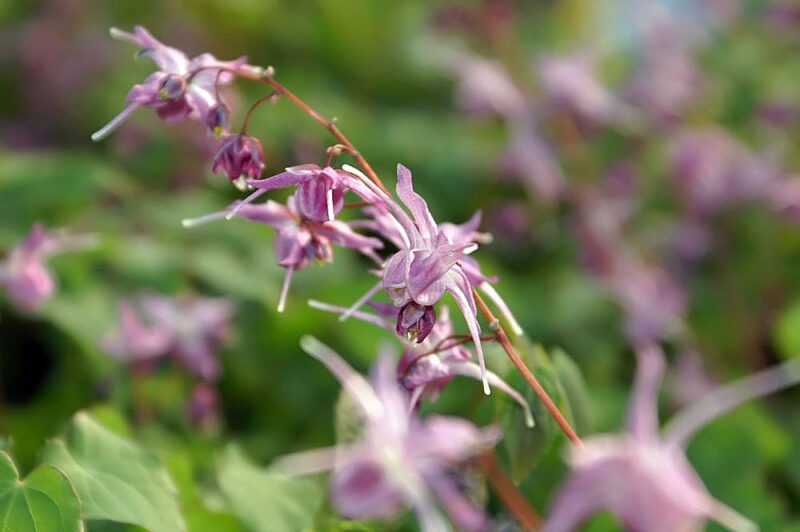
Barrenwort (Epimedium spp.) is a delightful perennial that thrives in shady conditions, providing heart-shaped foliage and delicate little flowers that bloom from spring through early summer. Known for its ability to spread, it creates a lush carpet of greenery that can brighten the darkest corners of your garden.
This plant is often used as a ground cover, thriving in dry to average soil conditions. The diverse species of Barrenwort exhibit different flower colors and shapes, making them perfect for adding variety to your shaded garden.
Bellflower
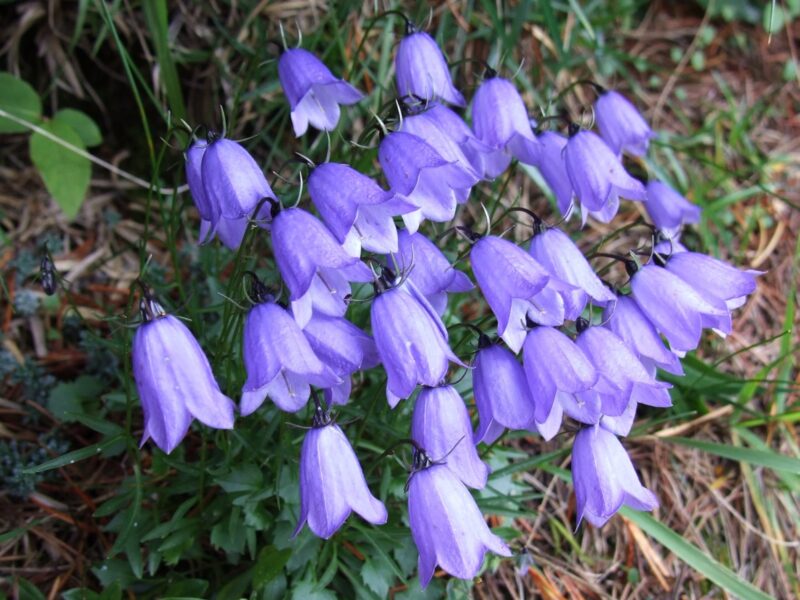
Bellflower (Campanula spp.) is a charming addition to shady gardens, with pretty blooms that come in shades of blue, purple, white, or pink. Known for their delightful bell-shaped flowers, they bloom abundantly from late spring through summer.
These perennials adapt well to various soil conditions and are a great choice for filling spaces where other plants may struggle. Bellflowers provide beautiful blooms while supporting pollinators and adding a sweet, melodic quality through their graceful, arching stems.
Bigroot Geranium
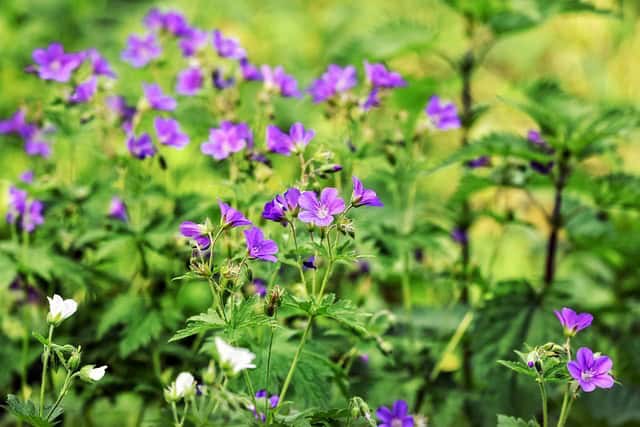
Bigroot Geranium (Geranium macrorrhizum) is a resilient perennial that thrives in shaded locations. With its lush foliage and delicate pink to white flowers, it brings a delightful softness to the garden from late spring into summer.
This robust plant can tolerate drought once established and acts as an effective ground cover, suppressing weeds while adding beauty. Its pleasant scent when the leaves are brushed against adds an aromatic aspect to your garden.
Black Cohosh
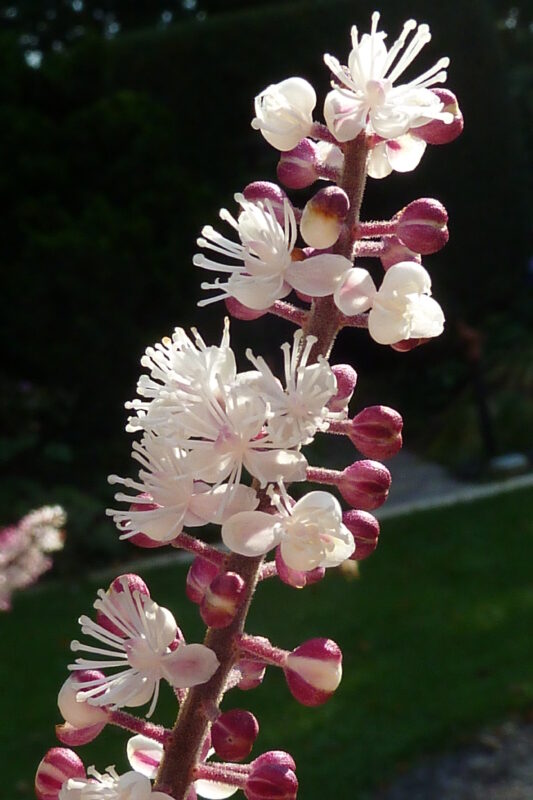
Black Cohosh (Actaea racemosa), also known as Bugbane, is a unique perennial that adds a touch of elegance to shaded spaces. Standing tall with feathery white spikes during the summer months, its striking appearance offers height and drama to your landscape.
This native plant prefers moist, rich soils and can thrive in dappled or full shade, making it an excellent choice for woodland gardens. Black Cohosh is not only beautiful but has historical medicinal uses as well, adding depth to its presence in your garden.
Bleeding Heart
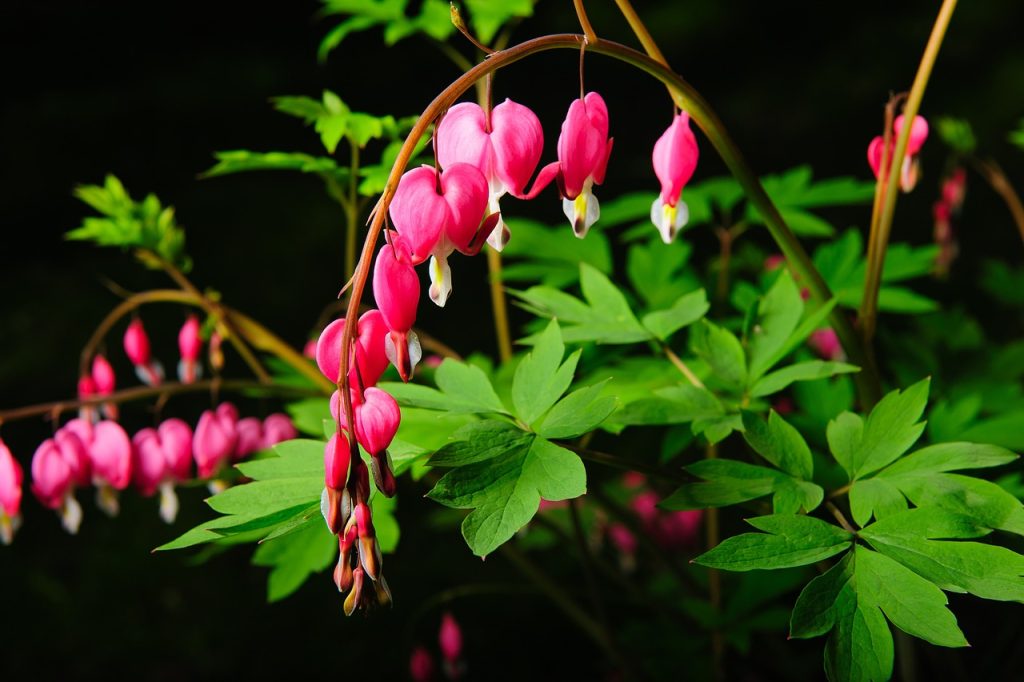
Bleeding Heart (Dicentra spectabilis) is undoubtedly a garden classic, loved for its unique heart-shaped blooms that dangle from arching stems. This perennial thrives in shady to partially shaded areas, adding whimsy and charm to your landscape during the early summer months.
The delicate pink or white flowers provide lovely color against fern-like foliage, making them an enchanting addition to your garden. With proper care, Bleeding Hearts can thrive for decades, continuously bringing joy and beauty to shaded spaces.
Columbine
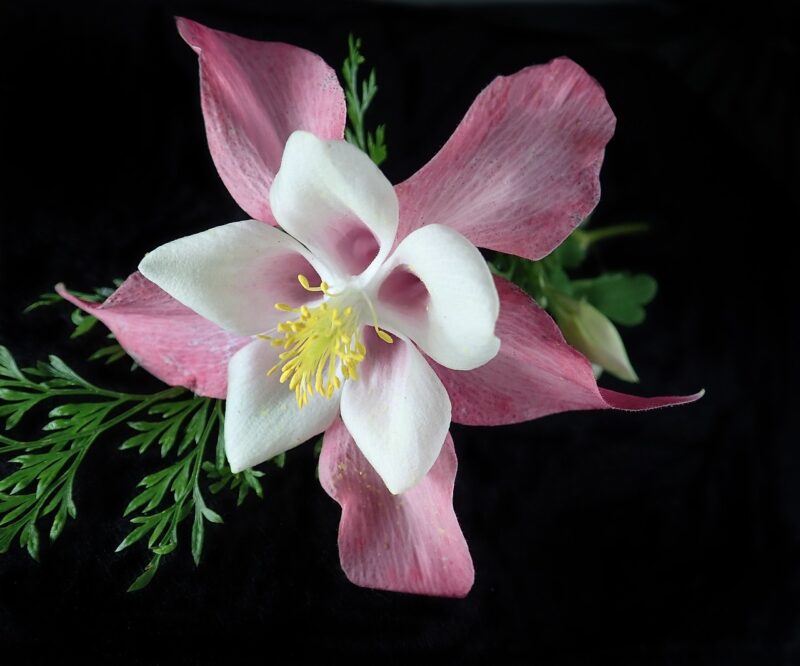
Columbine (Aquilegia) is yet another perennial that graces shady gardens with its unique, multi-colored flowers resembling an elegant ballerina’s skirt. Ideal for adding color from spring through summer, Columbine adapts well to partial shade and enjoys moist, well-drained soil.
This perennial’s blooms attract various pollinators, encouraging biodiversity in your garden while adding a whimsical touch. With its ability to self-seed, Columbine can delight you with surprises in the years to come.
False Spirea
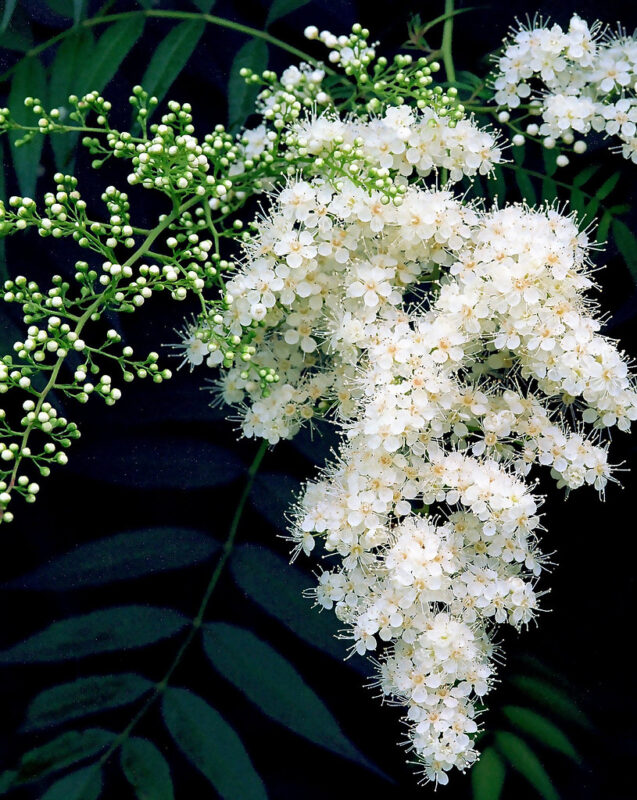
False Spirea (Sorbaria sorbifolia) is a lesser-known yet striking perennial that adds texture and beauty to shaded spaces. Its feathery plumes of white flowers bloom in the summer and can tolerate various soil types, making it versatile and easy to care for.
This perennial thrives in moist conditions and is excellent for filling barren spots or creating beautiful hedges in shady areas. False Spirea is a must-have for gardeners who want a lush and vibrant addition to their shaded garden landscapes.
Foamflower
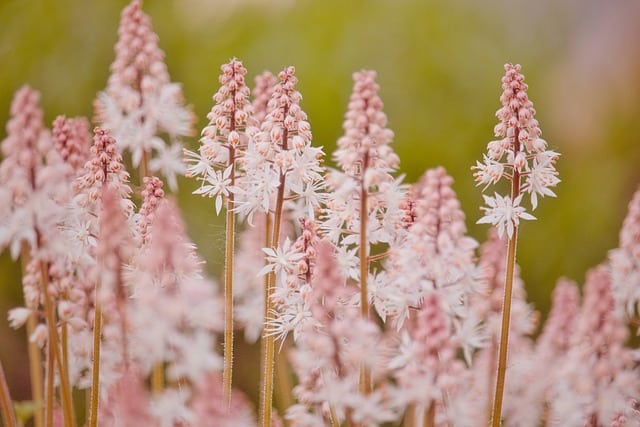
Foamflower (Tiarella cordifolia) offers charming, frothy clusters of tiny white to pink flowers, often blooming in early summer. This perennial is an outstanding choice for shady or woodland settings, thriving in well-drained, moist soils.
The glossy leaves provide a beautiful foil for its delicate blooms and can change colors through the seasons. Foamflower is also a valuable ground cover, able to create a lush carpet that keeps weeds at bay while looking fabulous all summer long.
Foxglove
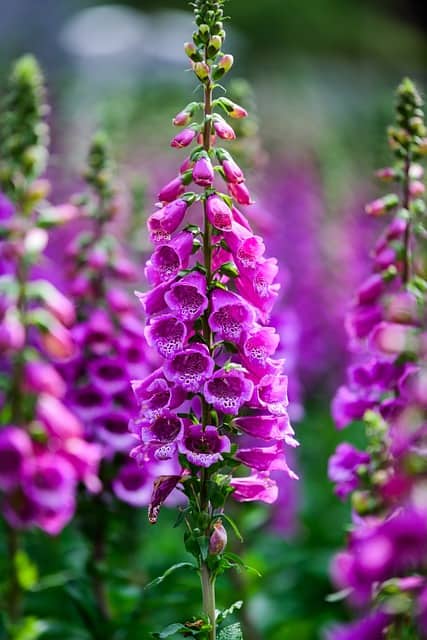
Foxglove (Digitalis spp.) is renowned for its tall spires adorned with tubular flowers that attract hummingbirds and bees alike. While Foxgloves can tolerate partial shade, they flourish in cooler climates, making them ideal for those shadier spots in your garden.
The blooms, available in a range of colors — from white and lavender to pink and yellow — can add dramatic height and a splash of color to any shaded landscape. With their prominent stature and richness, Foxgloves are sure to be conversation starters.
Ground Orchid
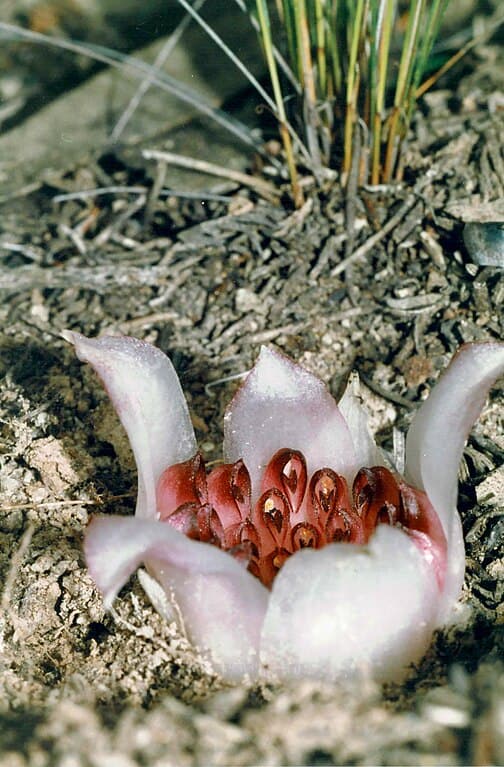
Ground Orchid (Bletilla striata) brings an exotic touch to shaded gardens, boasting lovely orchid-like flowers that bloom from late spring through summer. This hardy perennial can enjoy moist to average soil, making it an excellent choice for moist, shaded spots.
Their foliage resembles that of traditional garden orchids, providing a lush backdrop for the rich color blooms. Ground Orchids are a delightful yet low-maintenance option for gardeners looking to explore non-traditional plant choices.
Hardy Begonia
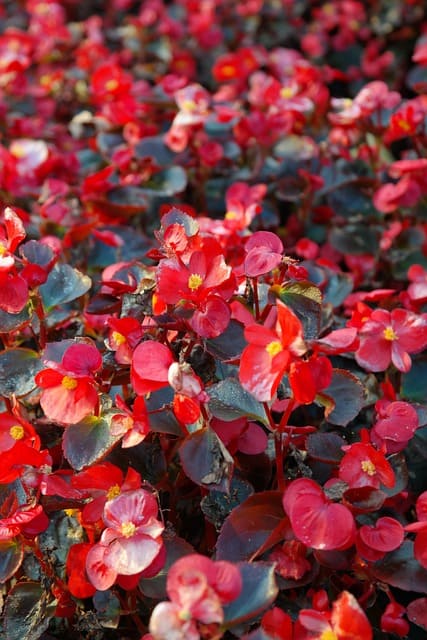
Hardy Begonias (Begonia spp.) are the perfect choice for shaded gardens, typically adorned with glossy leaves and clusters of cheerful flowers throughout summer. They prefer moist soil and can tolerate cold weather, making them highly adaptable.
These perennials’ ability to provide color and interest in tougher conditions makes them popular among beginner gardeners. Thanks to their lovely blooms in varied colors, Hardy Begonias can easily add vibrant touches to your garden.
Hellebore
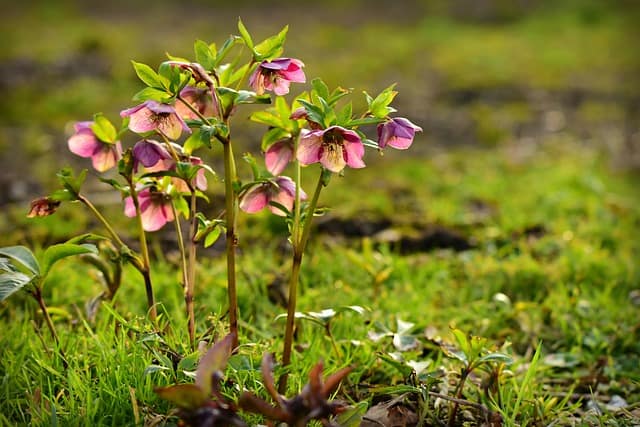
Hellebore (Helleborus spp.) is known for being one of the first flowers to bloom in spring, offering cheerfulness long before summer’s peak. Their unique, cup-shaped flowers range from deep purple to pale green, and they thrive in partial to full shade.
These frost-resistant perennials can tolerate drought once established, making them excellent candidates for gardens in cooler climates. Hellebores not only provide beauty but also bloom long into the summer, offering continuous delight.
Ligularia

Ligularia, a bold perennial known for its dramatic foliage and towering flower spikes, thrives in moist, shady areas. This plant is an eye-catching addition to any garden, especially with its clusters of bright yellow flowers that bloom throughout summer.
Utilizing its large, bold leaves creates a stunning visual element, while the plant’s resilience ensures it can thrive in challenging soil conditions. Ligularia is excellent for adding height and drama to shade gardens, making it an unforgettable choice.
Azure Blue Sage
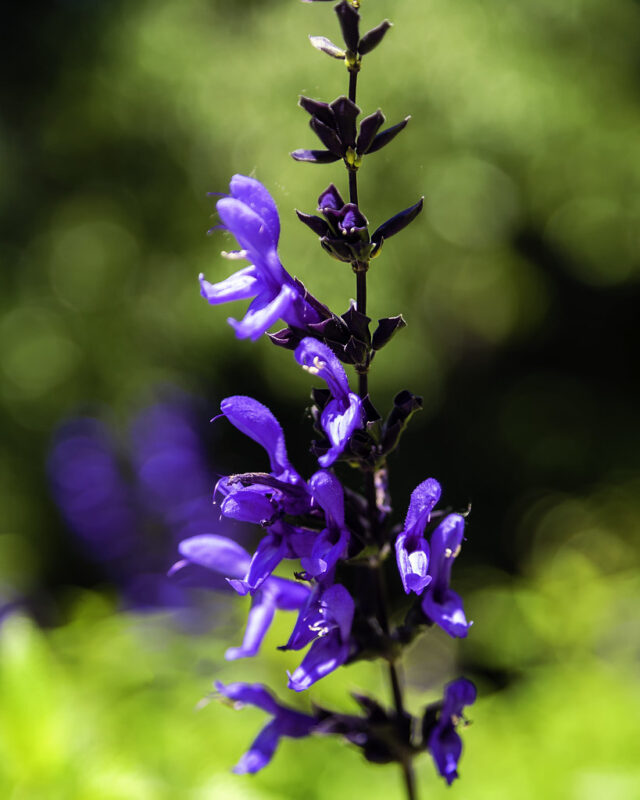
Though typically associated with sun, Azure Blue Sage (Salvia azurea) can thrive in partial shade conditions as well. This perennial captivates with its sky-blue flowers and aromatic foliage, making it a favorite among gardeners seeking unique plants for their shaded gardens.
Blooming throughout summer, Azure Blue Sage is not only visually stunning but also serves as a vital source of nectar for pollinators. Its relatively easy care makes it a popular choice for adding color and life to shaded areas of any garden.
Anthurium
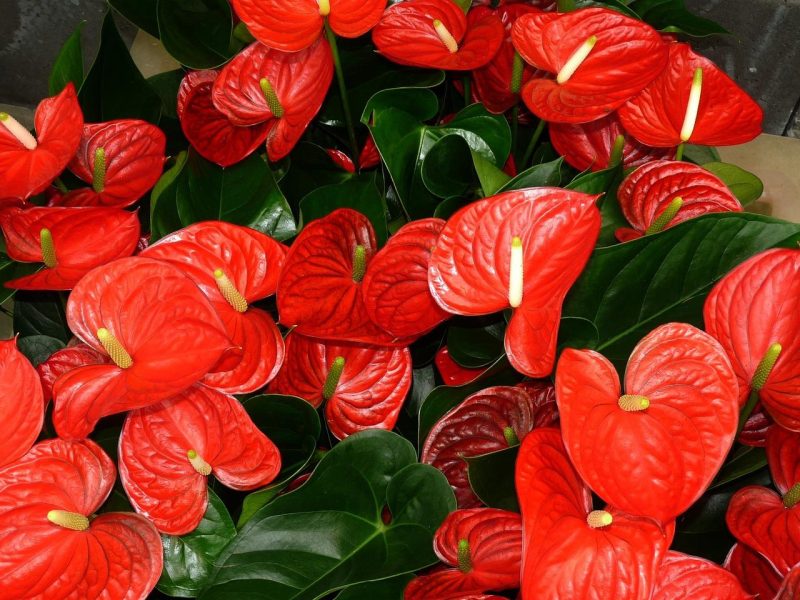
Anthurium is renowned for its unique, heart-shaped waxy flowers and striking foliage, making it an exotic addition to gardens. While it thrives best in warmer climates, Anthuriums can also adapt to shaded conditions, offering vibrant blooms even in less light.
These plants require consistently moist soil and can thrive indoors or in shaded locations outdoors. The variety of colors, particularly the bright reds, pinks, and whites, make Anthurium an exquisite addition to your plant collection, enhancing both home and garden spaces.
Elephant Ear
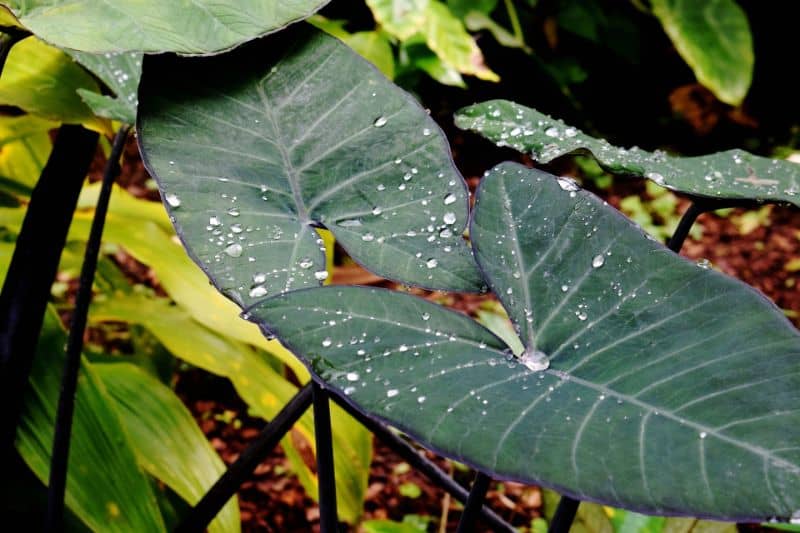
Elephant Ear (Colocasia and Alocasia spp.) are known for their strikingly large, heart-shaped leaves that can dominate a landscape, particularly in shaded or partially shaded areas. These tropical perennials thrive in moist soils, resembling a miniature rain forest in your garden.
Their foliage not only provides shelter for smaller creatures but also adds a massive visual element, creating a sense of wonder. Elephant Ears bring a lush ambiance to shaded areas, making them favorites for gardeners looking to create captivating outdoor spaces.
Caladium

Caladiums are known for their stunningly colorful leaves featuring unique patterns and hues of green, pink, red, and white. These tropical perennials thrive in shaded gardens where their vibrant foliage can steal the spotlight throughout the summer.
While Caladiums are primarily grown for their stunning leaves rather than flowers, they are notable as shade-loving perennials, providing lushness and vibrancy all season long. Their elegant, eye-catching presence enhances shaded areas, allowing gardeners to paint landscapes with exquisite colors.


